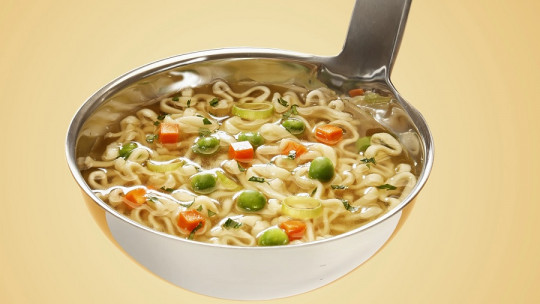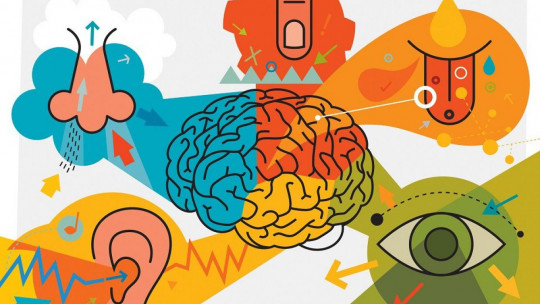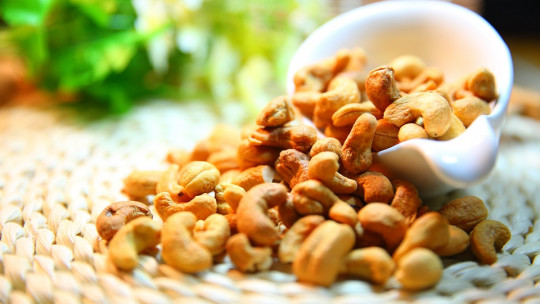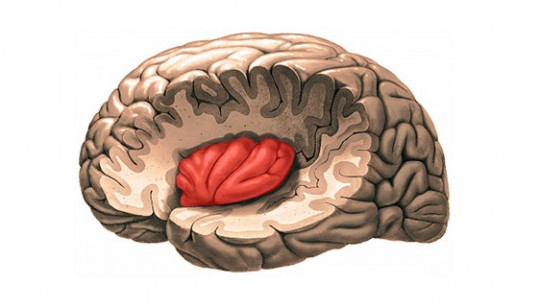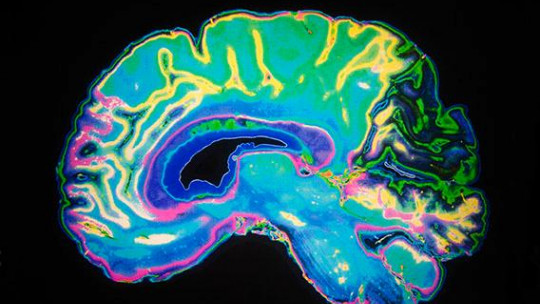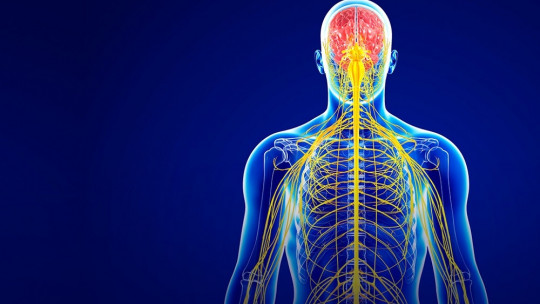Eating is a pleasure. Most people enjoy a good dish, arousing pleasant sensations that in turn are seasoned by the possible presence of company around (and since ancient times, the moment of feeding has been something that has served as a social act, contributing to generating community).
The fact that this act is pleasurable on an organic level, regardless of other considerations and elements, We owe it largely to the sense of taste which we are going to talk about throughout this article.
The sense of taste and its usefulness
The sense of taste is one of our exteroceptive senses (along with sight, hearing, smell and touch), which allow us to capture information from the environment. It is the ability to perceive and subsequently process the set of chemical properties of the elements we ingest, being especially linked to one of the basic vital processes: food. Taste is what allows us to capture the flavors of food, something that allows us to choose and limit the consumption of nutrients.
And it is not the element itself consumed that allows us to identify the flavor, but the processing that each of us does at a nervous level. Likewise, only this processing will determine whether we perceive the flavor as appetitive or aversive.
We are facing one of the most relevant senses when it comes to allowing our survival: the perception of flavor. It allows us to know if a food is in good or bad condition yes it could be toxic to us, or even understand if it contains some key elements that our body needs (mainly sugar or salt).
Another aspect to highlight about the sense of taste is that it is deeply linked to the other chemical sense we have: smell Their connection is so close that, in fact, the sense of smell can affect taste perception.
Flavor and its receptors
The sense of taste mainly includes the perception of five flavor modalities, which have different receptors. These modalities are the four already known: sweet, bitter, salty and acid, to which is added a recently discovered and poorly specified fifth, unami (which is associated with sodium monoglutamate present in some foods).
The receptors of the sense of taste They are part of the taste buds of the tongue, palate and pharynx Specifically, they are found in the taste buds or buds, these cells being bipolar and having a short life. In fact, taste cells must continually regenerate.
There are very different types of taste buds, each with a different number and arrangement of the buttons that contain the receptors. Among them we find both basal cells, which would be still undifferentiated stem cells that will become receptors and are generated every ten days to replace those that die, as well as the receptor cells or chemoreceptors themselves.
These cells are not neurons per se but part of the epithelium , which will transmit the information to the fibers that innervate them. There are also filiform papillae, distributed along the surface of the tongue but which are considered to not perceive flavor but only contribute to the movement of food.
There is not a single type of taste bud, but we can mainly find three: the fungiform ones, which are distributed throughout the tongue and are especially located at the anterior tip, the foliate ones on the sides, and the goblet ones spread in rows along the tongue. along the base of the tongue. The former would be the most numerous and the latter the least (although the largest).
Flavors and receptors
Each of the flavors has a different series of receptors located especially in certain areas of the tongue and which may be different in type and form from each other.
Bitter taste receptors are both ionotropic and metabotropic and are especially located in the innermost medial part of the tongue. The sweet would be located especially on the tip of the tongue, possessing metabotropic receptors.
The salty would also be located at the tip and surroundings, its receptors forming a band on the surface of the tongue and these being of the ionotropic type. The acid, with also ionotropic receptors, would be found on the sides of the part of the tongue closest to the outside. Umami, for its part, is captured by the surface of the tongue.
The neural pathways for flavor perception
The sense of taste requires a large number of neuronal connections, given that in the receptor organ itself we can find very different types of receptors.
The information received by taste receptors is first collected by the facial, glossopharyngeal, and vagus nerves Each of them innervates specific parts. The most anterior part of the tongue, where the fungiform cells are found, would correspond to the chorda tympani of the facial nerve. The posterior part is by the glossopharyngeal nerve. The vagus nerve would take over the receptors in the epiglottis and palate.
These nerves would make a first relay in the nucleus of the solitary tract of the medulla oblongata, from which the information would travel to the pontine gustatory area and then to the ventral nucleus of the thalamus, the amygdala, the hypothalamus and the basal ganglia (which would add emotional components to the perception of flavor and would allow an approach or avoidance reaction). Finally, the data obtained would reach the primary gustatory cortex.
Alterations
The sense of taste has been essential for human beings throughout their evolution. But some people may have different alterations in the sense of taste that make their perception impossible or modify it.
The most extreme example of this is ageusia, or the inability to capture any flavor. There is also hypogeusia or decreased ability to perceive There are multiple disorders in this sense, but what is apparently most common is the existence of distortions in the perception of some of the flavors. And sometimes the problem is not taste itself, but rather can occur at the olfactory level (which also gives us chemical information about food and is closely linked to the perception of flavor).
The causes of the sense of taste not working correctly can be multiple. Among them we can find the presence of ear and respiratory system infections, the presence of dental problems, brain injuries that break or injure the nerve pathways that allow perception, or the consumption of some medications or substances. It is also common to appear as a result of the use of radio or chemotherapy in cancer treatment.
Finally, some psychotic disorders or a manic episode They could alter the perception of taste due to the presence of gustatory hallucinations. Neurodegenerative diseases can also cause a loss of the sense of taste and smell.


